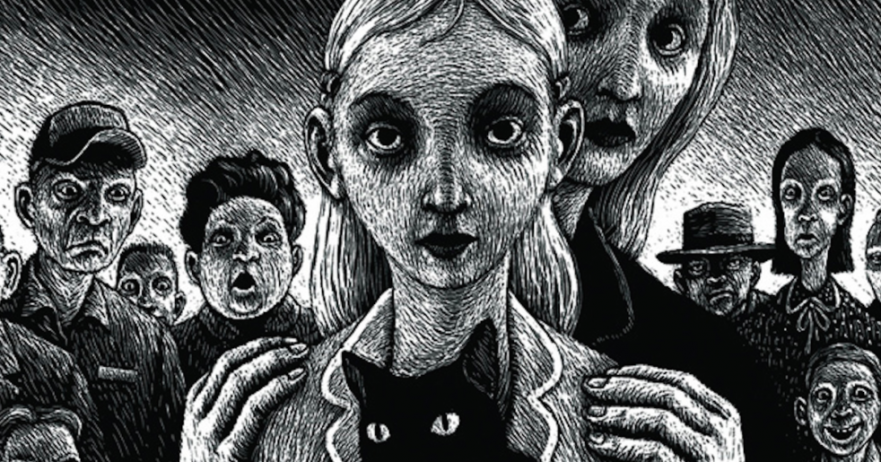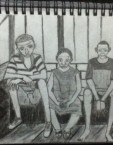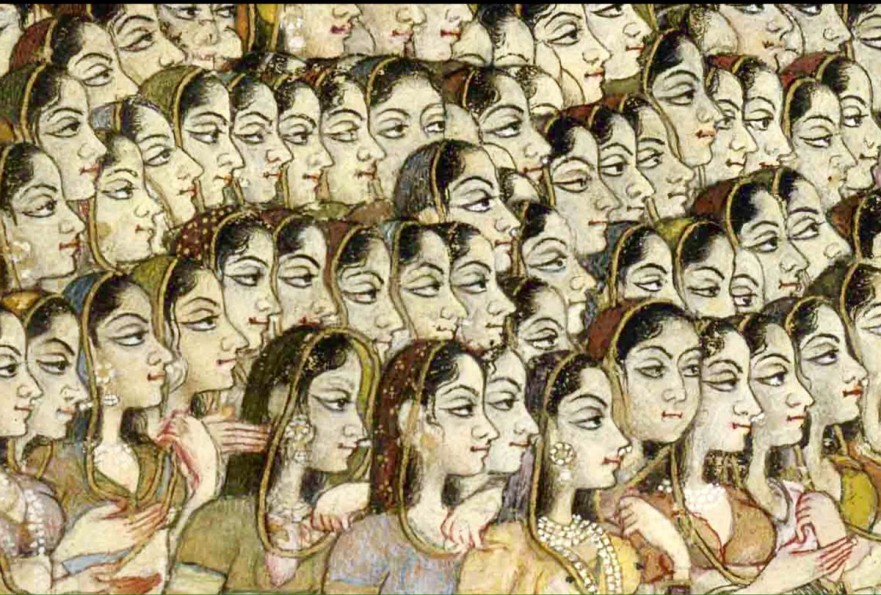
by Emma Wakefield
Age and weight seem to be the two primary aesthetic concerns amongst women. Advertisements, models’ Instagram pages, people’s Facebook pages…all seem to favour specific criteria for what a healthy and happy female body looks like. Should look like. Very few images contain more shapely or mature women and this absence sends the message that plus-size or older women do not fit into the preferred category of ‘the desirable’. Instead, any praise of these demographics (the very term ‘demographic’ a recognition that even apparently left-of-mainstream female body types are targeted as valuable potential ‘markets’) seems to fall under a type of fetishism, placing them as something other or exotic. On the platform of social media, these bodies are ghettoized from public view and feature in esoteric communities and niche markets that discuss these women’s concerns and ways of living as deviating from the norm.
Some weeks ago, I scrolled the Internet for what promised to reverse the first signs of aging. I am on my fifth brutal course of Roaccutane to tame an aggressive form of adult acne. After assessing the swelling, redness and dryness, my dermatologist gently added, “I see the start of crow’s feet around your eyes. It’s very slight. But I do believe you should start thinking about an age preventative. You’re twenty five?”
This felt similar to when my grandmother first told me it was time I went bra shopping. Back then I wasn’t ready to leave childhood and right now I’m not ready to leave young adulthood. Not that the present reservation stopped my searching. Eventually I found a well-reviewed product on a fancy website. Beneath the bottle of liquid collagen was an advert: Are You Skinny-Fat? What did that mean? It transpires that ‘skinny-fat” is a term used to describe someone who appears slender beneath her clothing, but has pockets of fat around the abdomen, under the arms or around the hips. “Skinny-fat” is a contradiction which describes the general population of women who are otherwise healthy. I had no intelligent response except, “Stop telling us what to be!”
But who was my retort aimed at? From adolescence through to early adulthood, my body has been closely monitored. Not by someone in particular, but by an elusive and unnamed collective. I could not place blame on a single source. It was aimed at something dispersed which cannot go by a single name. What I am certain of, is that the repeated projection of preferred images of women in media becomes a negative marketing strategy used to persuade people into an exclusive idea of what is valued as female. Women who regularly go to gym, eat organic food and stay active are praised for their self-discipline and determination. And rightly so, I suppose. However, this particular image does not account for those of the female population who work long hours with a minimum wage, and who cannot afford organic food or a gym membership. Even beyond this, there are many women for whom lack of personal time and resources do not allow for them to prioritize and practice the means of creating a better body-image. And yet regardless, ‘the body’ becomes unduly prioritized when a woman is faced with exclusion and public rejection based on her figure. My unsurprising argument here is that there is something deeply, disturbingly wrong with the media’s ideals for women’s bodies. As this kind of information and imagery streams out into the general public sphere, it becomes accepted as a normative structure.
Here’s where Judith Butler’s ideas are useful to me. Butler speaks to contemporary moral frames and how commonplace ways of living influence the individual. Working closely with Adorno’s framework of morality and ethics, Butler places emphasis on the individual’s critique and internal conflict in response to collective moral behaviour. Before we get ahead of ourselves, though, let’s distinguish between morals and ethics. According to Adorno, ethics refers to a broad structure of rules and maxims that lie within existing social conditions (Butler 5-6). Thus we can say that ethics apply to various institutions and are upheld or followed by a general collective. Schools and workplaces for example, maintain their own ethos regarding behaviour and dress code. Morality however, refers to any set of maxims or rules that is appropriated by the individual in a “living way” (5). That is to say, morality manifests as a personal and subjective code of rules that is taken from a larger ethical structure. We form our moral compass based on our experiences, personal thoughts and reflections on events, as well as environmental influences. Thus in Adorno’s terms, our personal moral code is something we choose to “live out” and perform in the world outside of us. Morality can be cast as an internalization of reality as a personal truth which always stands up to debate. Our moral bearings thus arise in the context of our relationship with ethical codes. To give a moral account of oneself is to recognize that there is an existing prior framework (3), and the ethical frameworks that are imposed on us are challenged when we arrive at moral questions in relation to them.
The policing of women’s bodies is a form of ethical violence which manifests from the collective as well as within the individual through self-infliction. “The ethos refuses to become past, and violence is the way in which it imposes itself upon the present. Indeed, it not only imposes itself upon the present, but also seeks to eclipse the present – and this is precisely one of its violent effects” (5). We can say that the cosmetic industry profits from the insecurities and weaknesses of women who fall prey to this ‘ethical’ code. The skincare brand Olay, for example, features women in their late thirties or early forties in anti-wrinkle cream adverts. Olay does not feature older women - women ranging from ages fifty-five upwards - unless they are notables, like Jane Fonda. In Olay’s strategy, female old age happens younger. Young women are losing their youthful glow every second of every day. Their skin is growing old. And older. Nothing like the fear of a young old age for feeding young women’s anxieties about age and appearance. In targeting society’s thirst for youth, aging women are replaced with inaccurate depictions of what age looks like. True age is thus hidden from view. In reviewing the impact of this marginalization, we can turn to Nixon’s account of ‘slow violence’. In Nixon’s term ‘slow violence’ refers to a systemic violence which occurs gradually and out of sight. It is delayed in its destruction; dispersed across time and space. This kind of violence is not typically recognized as violence at all. Conventionally, violence as we know it is immediate in time, explosive, spectacular in space, and erupts into sensational visibility (Nixon 4).
In advertising, let us address how this form of violence and marginalization manifests. Predominantly, it is expressed through language. If we read through numerous advertisements which target weight and age, we will notice that the same speech patterns can be associated with lexical fields of disease: “Signs and symptoms of age”, “Fat and age prevention”, “Treatments for age and weight gain”, “A cure for aging”. While fat can be associated with disease and the dangers of obesity should not be denied, normal rates of body fat are also targeted in ads as abnormal, all to coax ‘sufferers’ into buying into what cosmetic companies have to offer. The choice of words used in advertisements and magazine articles implies an avoidance and rejection of certain bodies, creating an anxiety around gaining weight or aging. Or both of these fearful situations together!
How might we emancipate ourselves from these stigmas, turning away from following the rules of entrenched, popular belief? Butler states that one cannot will away the powerful condition of the normative. A person needs first to recognize that s/he must reflect on her or his relationship with these norms, so as to negotiate this relationship (Butler 10). Butler invokes Nietzsche in saying that we become conscious of ourselves once we have been inflicted, and we must then assess the cause of our suffering and ask ourselves if we are not partly the cause of that suffering (10). We must therefore also assess if we are complicit in spreading or fueling the norms around female weight and age that I am discussing, and consider how we might negotiate a moral framework that we can live by. This is not easy. “I offer myself an ‘I’ and try to reconstruct my deeds, showing that the deed attributed to me was or was not, in fact, among them. I am either owning up to myself as the cause of such action, qualifying my causative contribution, or defending myself against the attribution, perhaps locating the cause elsewhere” (11).
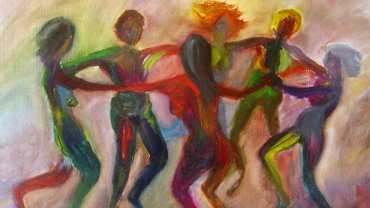
Perhaps it’s time for a concrete example. Here’s an illustrative incident from my high-school experience.
My school days took place at a convent where long skirts were mandatory. Sister Bernice, our headmistress, was strict about this rule. She was a stern and terrifying woman in her mid-seventies. Amongst the girls, she was known as the Dinosaur. Ageist? Well, it’s true her nickname described her age and her fear factor. Any girl who violated the dress code was called up to the stage and compelled to perform an energetic aerobic dance in front of the entire assembly. The idea was to force a girl to move as much as possible in her wickedly short skirt, inducing the utter shame of bodily over-exposure. That would teach her. Never again would such a girl transgress. No one questioned this form of public humiliation. It was stated in the school ethos that inappropriate attire would be met with punishment, therefore, whoever was bold enough to violate this code was obliged to accept the consequences.
One of my friends arrived one morning wearing a skirt almost two hands above the knee. She wasn’t being provocative: all her other uniforms were in the wash, and so she’d grabbed a skirt from four years ago. Anne was above average size which of course spurred nasty comments from some of our classmates. One of the meaner mean girls made eye contact with me and smiled as she whispered about Anne. In my weakness, I laughed with her.
It was no surprise that Anne was summoned to the stage for Sister’s familiar dressing down. But what the audience didn’t know, was that Anne was a champion modern dancer. The initial gasp was not from the flashing of her underwear, large thighs or cellulite. From start to finish, the assembled girls were amazed by her skill; drawn in by her rhythm and flexibility, Anne’s spectacular performance silenced every girl (or woman) who’d ever sneered that “fat girls can’t dance”. Anne’s punishment ended in applause and a standing ovation. Which turned all of us into bad girls in the eyes of the school and we were sent out of the hall that morning without a lunchtime. (Was the plan to starve the disobedient into submission?)
In retrospect, there’s a lot I’ve gained from that experience. Firstly, most of us were unhappy and insecure about our bodies. As girls, we were made to feel insecure. If a wider culture dangerously over-hypes female bodily visibility and its associated sexuality, in the context of the convent school, governed by a conservative and outdated ethos, just as dangerously we were taught to believe that our female bodies were to be hidden and punished for being exposed. I was complicit in shaming my own friend because at the time, I believed that my own body was shameful. What a devastating, circular ‘logic’. Come to think of it, I was also complicit in shaming Sister Bernice about her age, but cruel as she was, I’m prepared to grant myself some grace in this respect.
I’ve given you just one instance that applies to much larger numbers of girls and women who are excluded and assessed based on their supposed lack when it comes to preferred female appearance. Anne’s feisty courage proved to many of us that, girls though we were, we could become women who are more than their bodies. I began to appreciate that to assess a woman based on weight or age is to reduce an individual to something one dimensional.
Which brings me back to the issue of taking responsibility for our contribution to ethical violence: we need to allow ourselves the internal conversation around what moral codes we choose to live by. In a material world, women are still faced with internal conflict regarding their appearance to the world. This is conveyed and reinforced by the messages we receive from media platforms as well as normative social institutions, all of which are involved in claiming truths about The Female Body and how it should look and perform in order to be accepted. When we find ourselves in conflict with these accepted norms, we must search within ourselves, take responsibility for our own actions and consciously devise and resolve within ourselves a moral framework. And then we must commit, however difficult, to enacting this in the world.
Works Cited:
Butler, Judith. “Giving an Account of Oneself”. The Johns Hopkins University Press. 2011. Print
Nixon, Rob. Slow Violence and the Environmentalism of the Poor. England: Harvard University Press. 2011. Print
 SLiPStellenbosch Literary Project
SLiPStellenbosch Literary Project 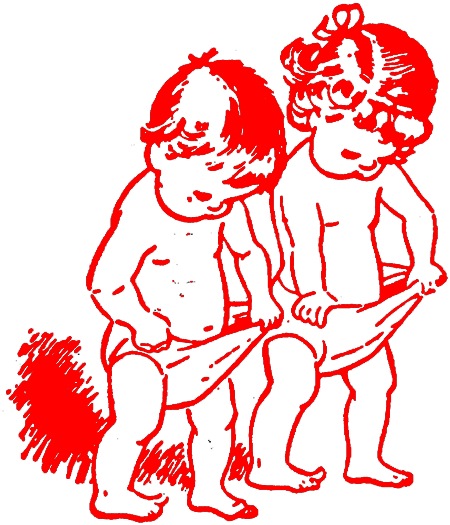
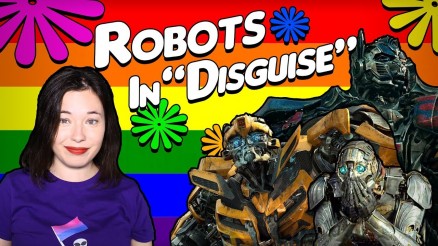
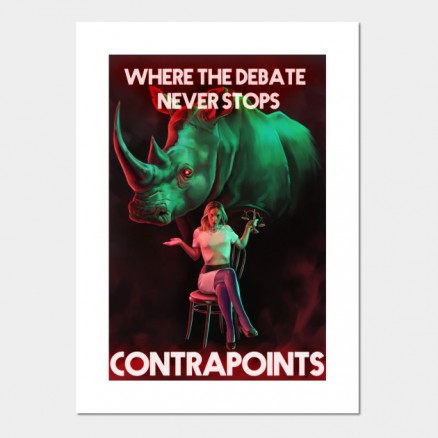 perceived aesthetically as a woman. Justine’s point is that Tabby should work on her ‘performing womanhood’ – it wasn’t that Tabby acted morally wrong in her ‘failed’ debate, instead, Justine claims that “worse, it was aesthetically wrong”. Tabby disapproves of the idea that reality should be taken at surface level, but Justine tries to convince her that even though truth matters, identity itself is situated in the realm of politics, and ‘our America, our Internet’, as the domain of politics, is experiencing itself as an age of aesthetics:
perceived aesthetically as a woman. Justine’s point is that Tabby should work on her ‘performing womanhood’ – it wasn’t that Tabby acted morally wrong in her ‘failed’ debate, instead, Justine claims that “worse, it was aesthetically wrong”. Tabby disapproves of the idea that reality should be taken at surface level, but Justine tries to convince her that even though truth matters, identity itself is situated in the realm of politics, and ‘our America, our Internet’, as the domain of politics, is experiencing itself as an age of aesthetics: (Butler, Bodies That Matter 226). Justine’s point here is that, ultimately, the recognition of society (the big ‘Other’) does have an influence on the identity of the subject. Women who are not recognised as women in a sense do not ‘exist’ as women in the public eye. If recognition is not granted then the very agency of the subject – the very ‘humanity’ of the subject – is under threat: “Imagine the quite plausible scene in which one is called by a name and one turns around only to protest the name. ... And then imagine that the name continues to force itself upon you, to delineate the space you occupy, to construct a social positionality. . . Indifferent to your protests, the strength of interpellation continues to work” (Butler, Excitable Speech: A Politics of the Performative 33).
(Butler, Bodies That Matter 226). Justine’s point here is that, ultimately, the recognition of society (the big ‘Other’) does have an influence on the identity of the subject. Women who are not recognised as women in a sense do not ‘exist’ as women in the public eye. If recognition is not granted then the very agency of the subject – the very ‘humanity’ of the subject – is under threat: “Imagine the quite plausible scene in which one is called by a name and one turns around only to protest the name. ... And then imagine that the name continues to force itself upon you, to delineate the space you occupy, to construct a social positionality. . . Indifferent to your protests, the strength of interpellation continues to work” (Butler, Excitable Speech: A Politics of the Performative 33).

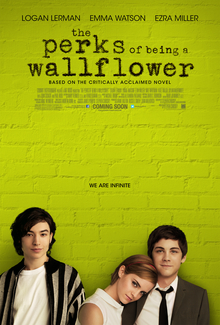
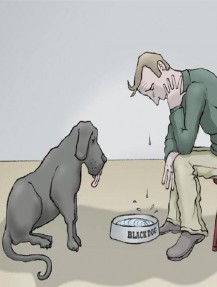
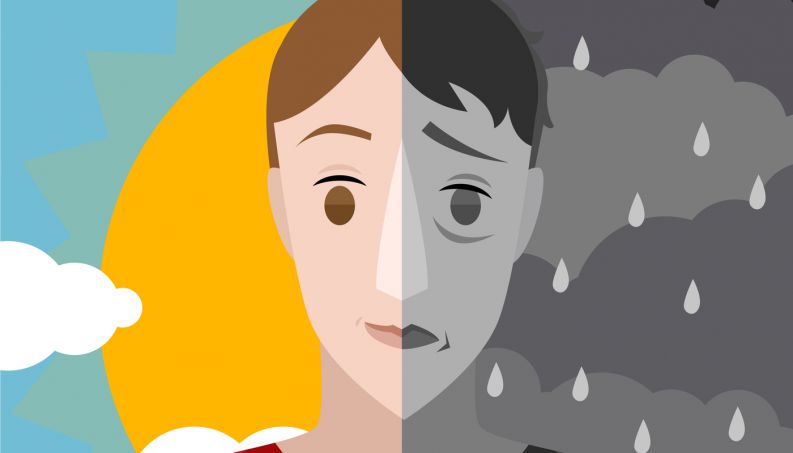
 the fear of the unknown and then the rambling seemed to summon something, and I’d start to get uncomfortable. Not in my room, not anywhere close, but out there in the vast endlessness of what remains unexplored, there was Something. And yes, if it wanted to, Something could easily come here. It could rise. Maybe it didn’t even have to. It could be the size of what we consider to be infinity. It would be malevolent. The mere turn of its head – oh please, let it have something as human as a head – could erase us all.
the fear of the unknown and then the rambling seemed to summon something, and I’d start to get uncomfortable. Not in my room, not anywhere close, but out there in the vast endlessness of what remains unexplored, there was Something. And yes, if it wanted to, Something could easily come here. It could rise. Maybe it didn’t even have to. It could be the size of what we consider to be infinity. It would be malevolent. The mere turn of its head – oh please, let it have something as human as a head – could erase us all.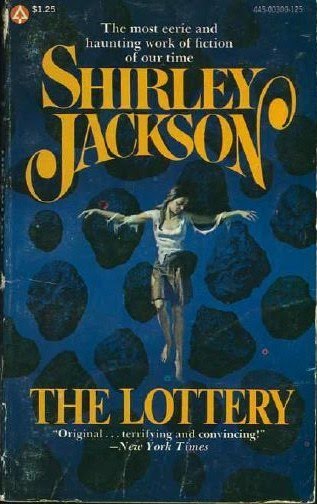 adjusting enough to study a degree in the liberal arts. The first thing I did in university English was Shirley Jackson’s fantastic story “The Lottery”. I’d forgotten that we had to read it before class, but it wasn’t a crisis, most of us did. It’s a short read, so our tutor gave us a piece of the hour to go through it by ourselves. When I got to the ending, that brutal, ridiculously cynical pay-off after pages of careful exposition, I felt my heart racing. How long had it been since I sat down and read a horror story? A year, two maybe? However long it was, whatever I’d forgotten, it was back and bigger than that little room could accommodate.
adjusting enough to study a degree in the liberal arts. The first thing I did in university English was Shirley Jackson’s fantastic story “The Lottery”. I’d forgotten that we had to read it before class, but it wasn’t a crisis, most of us did. It’s a short read, so our tutor gave us a piece of the hour to go through it by ourselves. When I got to the ending, that brutal, ridiculously cynical pay-off after pages of careful exposition, I felt my heart racing. How long had it been since I sat down and read a horror story? A year, two maybe? However long it was, whatever I’d forgotten, it was back and bigger than that little room could accommodate.